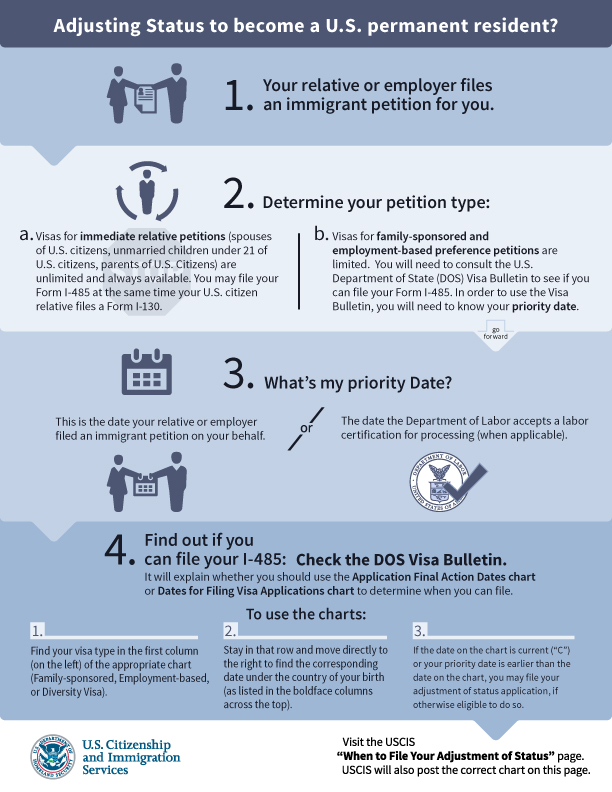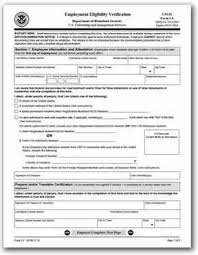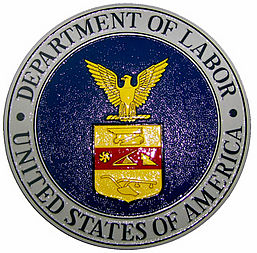
The Department of State recently released the December 2015 visa bulletin and Mr. Charlie Oppenheim, the person at the Department of State in charge of the Visa Bulletin also recently gave AILA an update on his predictions for future movement of the Bulletin. I will summarize both of these documents below.
Family Based:
Final Action Date:
Most categories moved forward about 1 months. The one date to highlight is the F2A Category (Spouses and Children of Permanent Residents) which is now at June 15, 2014.
Application Filing Dates:
No Movement
Guidance:
Here is what Mr. Oppenheim has to say on family based categories:
F-2A and F-2B: Last year, the family-based 2B category advanced very quickly because the demand did not initially materialize. The dates have now advanced to the point where demand is materializing. A similar phenomenon is occurring with regard to F-2A. The agent of choice letters are not spurring sufficient demand, so until demand materializes, we can expect to see continued advancements in this category. As noted previously, the response rate is low in many of the family-based preference categories.
Employment Based:
Final Action Dates:
EB-2: The only real movement was India, which jumped from August 1, 2006 to July 1, 2007. China stayed in 2012 and the rest of the world is still Current.
EB-3: Everyone, except India moved forward about 1 month. China moved to April 15, 2012, the Philippines moved to August 1, 2007 and Mexico and the rest of the World moved to September 15, 2015. Unfortunately India stayed at April 22, 2004.
Application Filing Dates:
No Movement. USCIS did indicate they would accept I-485 application based upon these dates in December 2015.
In giving his guidance, Mr Oppenheim stated that the forward movement on the India EB-2 numbers is attributable to correcting the large rollback in the dates that occurred at the end of last fiscal year. Mr. Oppenheim projects that EB-2 India may advance monthly by as much as eight months over the course of the next few months. However, this would be the best case scenario, and the actual advancement is likely to be around four to six months at a time. On the downside, this forward movement will most likely spur EB-3 upgrades which will eventually impact demand, slowing EB-2 India advancement. Mr. Oppenheim expects the upgrade demand will start to materialize in December/January which will slow advancement in early 2016. Should the demand fail to materialize at the expected rate, then the “up to eight” month movement could occur.
Guidance:
In terms of China, the EB-2 China final action date will remain the same in December 2015 and Mr. Oppenheim does not anticipate much, if any movement in this category over the next few months as he already expects that number use will exceed the targeted usage for the first quarter of the fiscal year. Since the final action date for EB-3 China is later than the EB-2 China final action date, Mr. Oppenheim expects that some EB-2 China cases will downgrade to EB-3, which will take some of the demand pressure off of EB-2 China. This phenomenon has happened the last two years and ultimately results in increased EB-3 demand which slows movement or even retrogresses that category, while at the same time allowing EB-2 China to advance once again. Mr. Oppenheim expects this rebalancing to occur at some point next year, possibly as early as April.
Please remember, as always, this blog does not offer legal advice. If you need legal advice, consult with a lawyer instead of a blog. Thank you.









 Just about 1 month ago I wrote a
Just about 1 month ago I wrote a